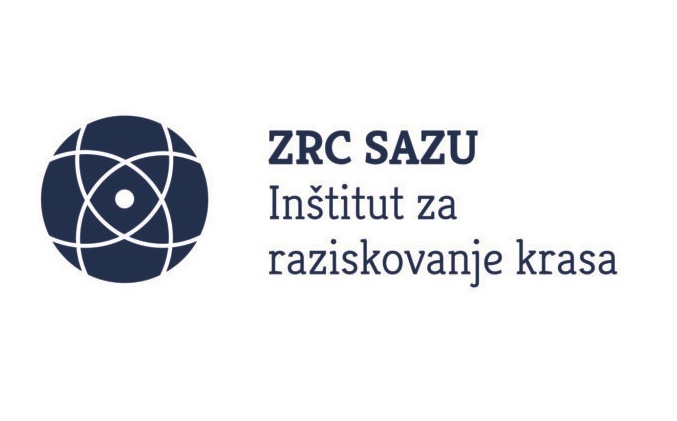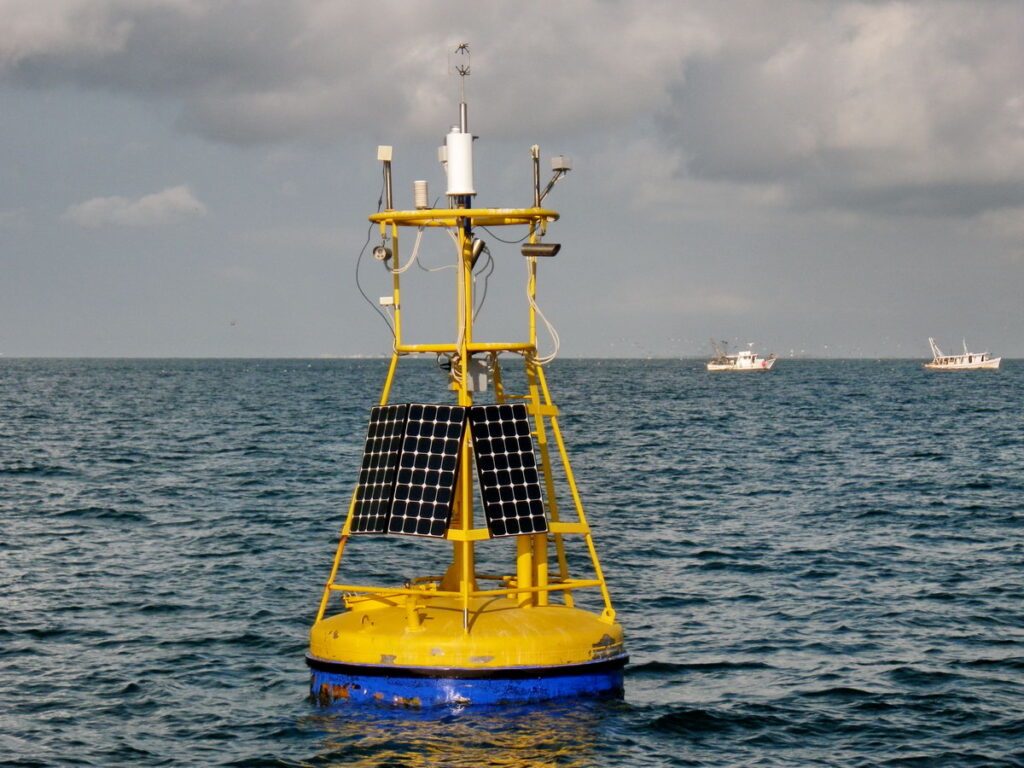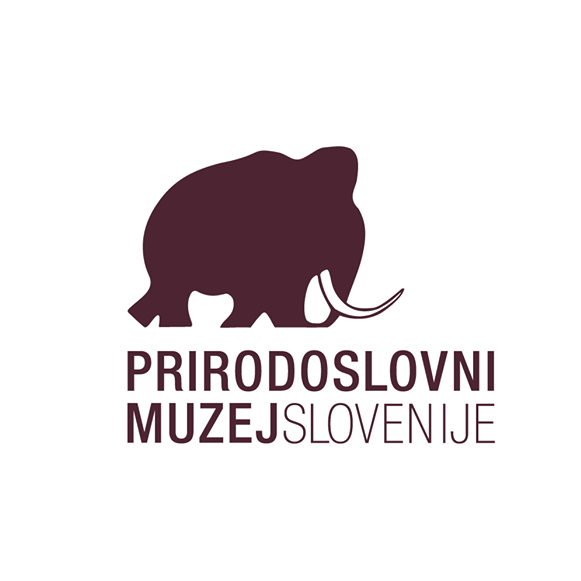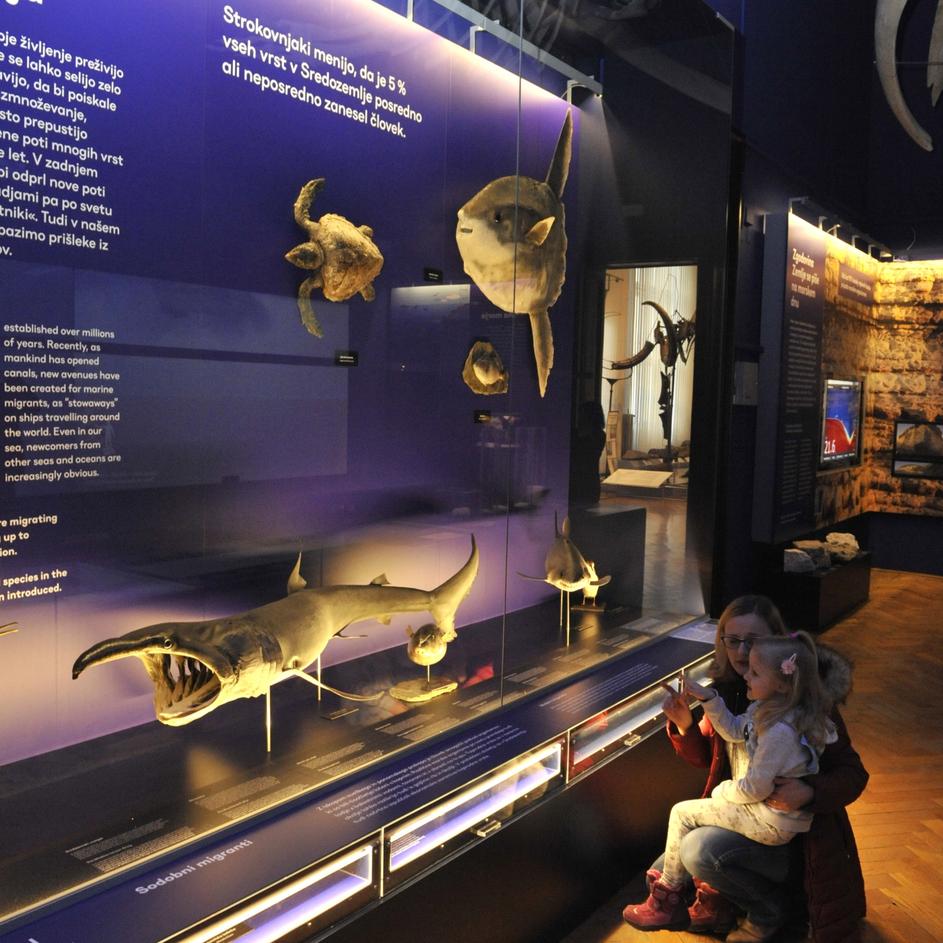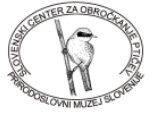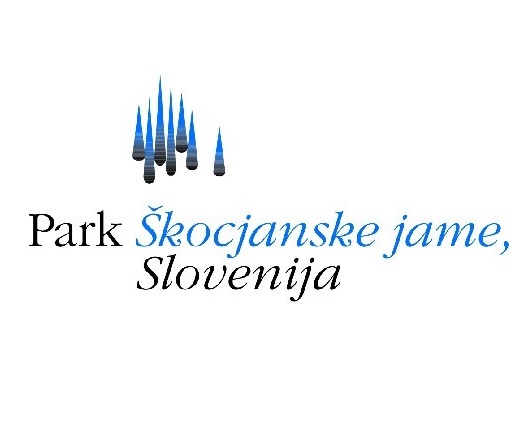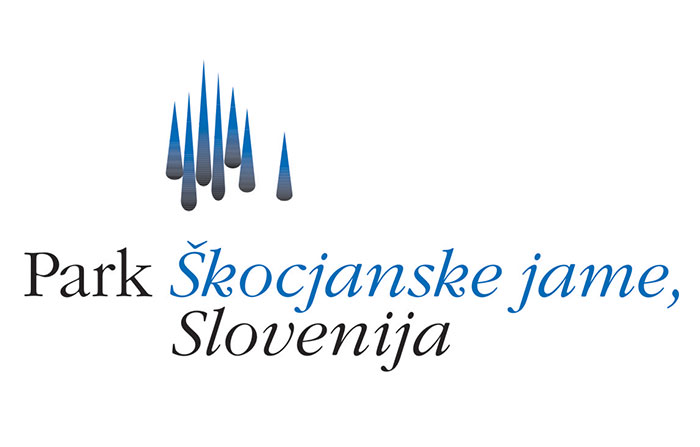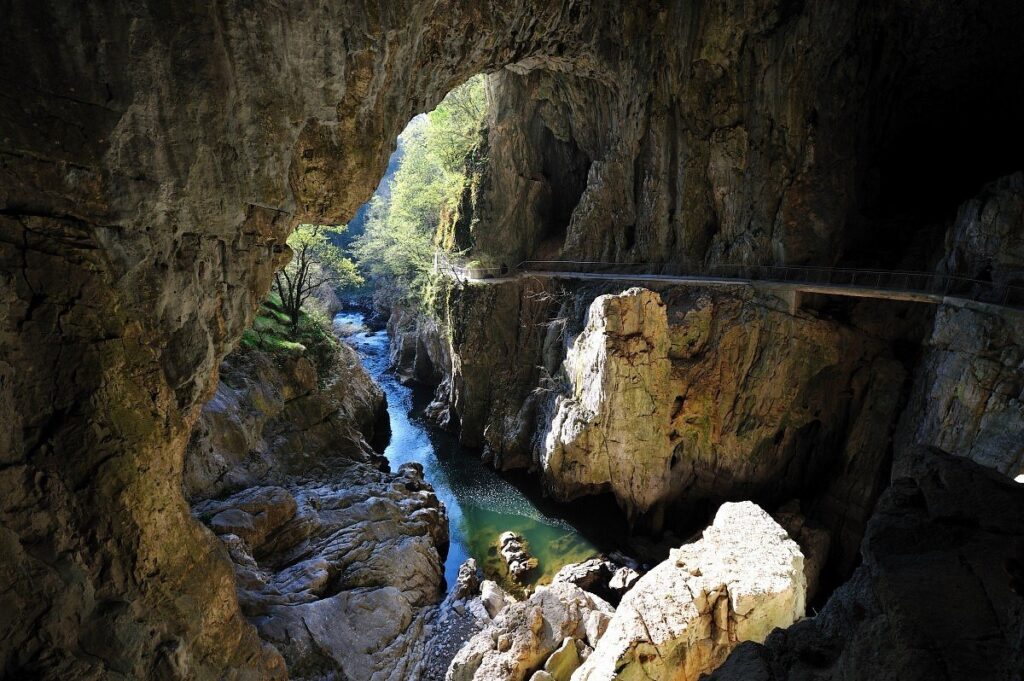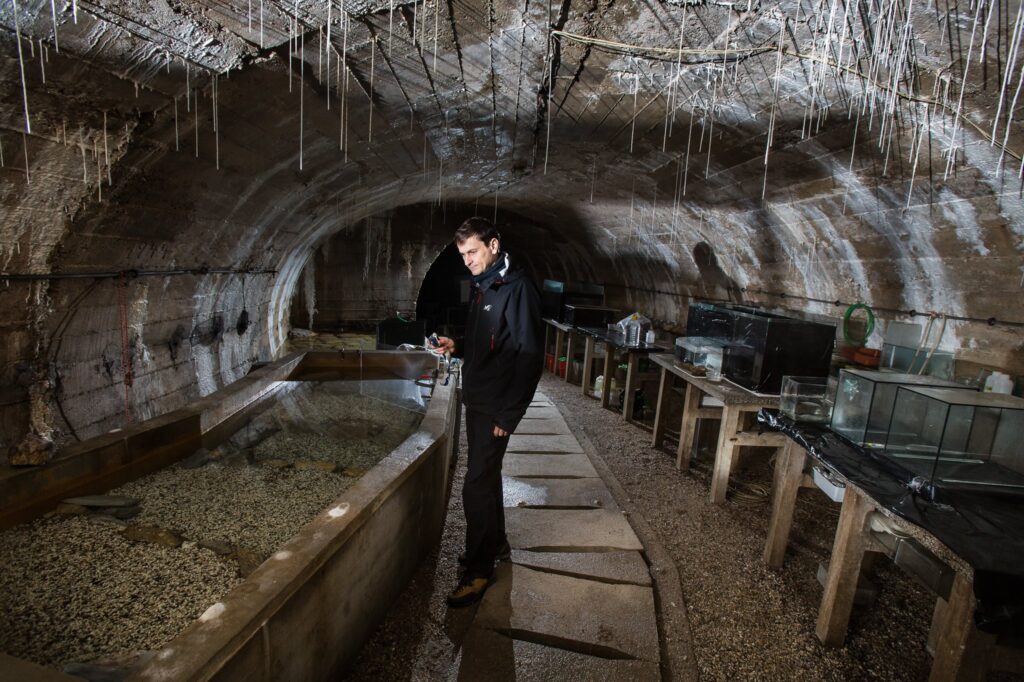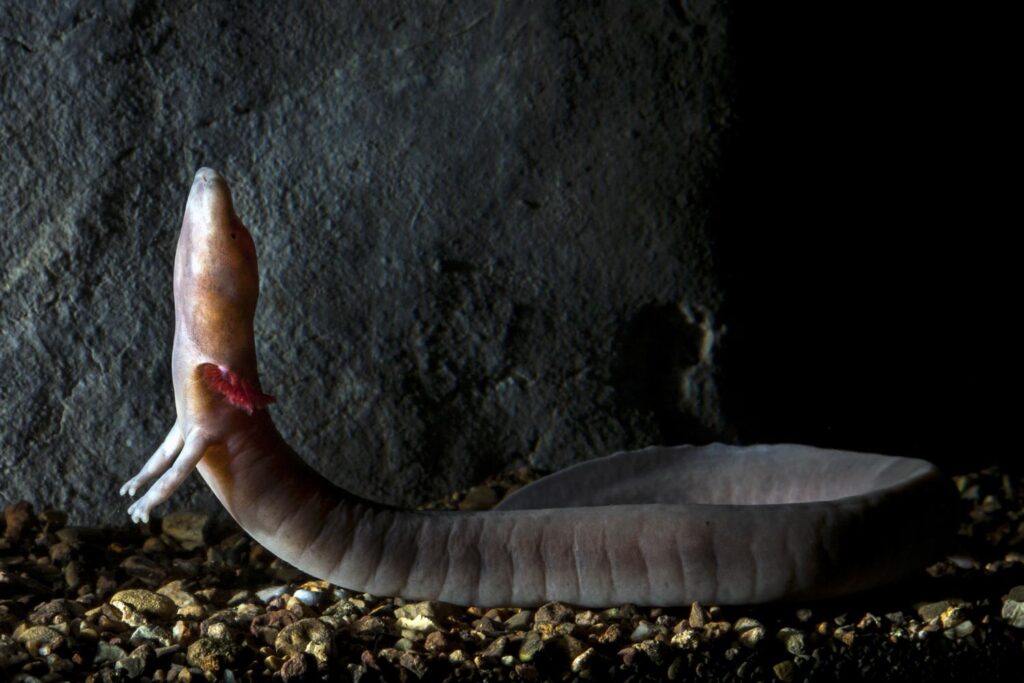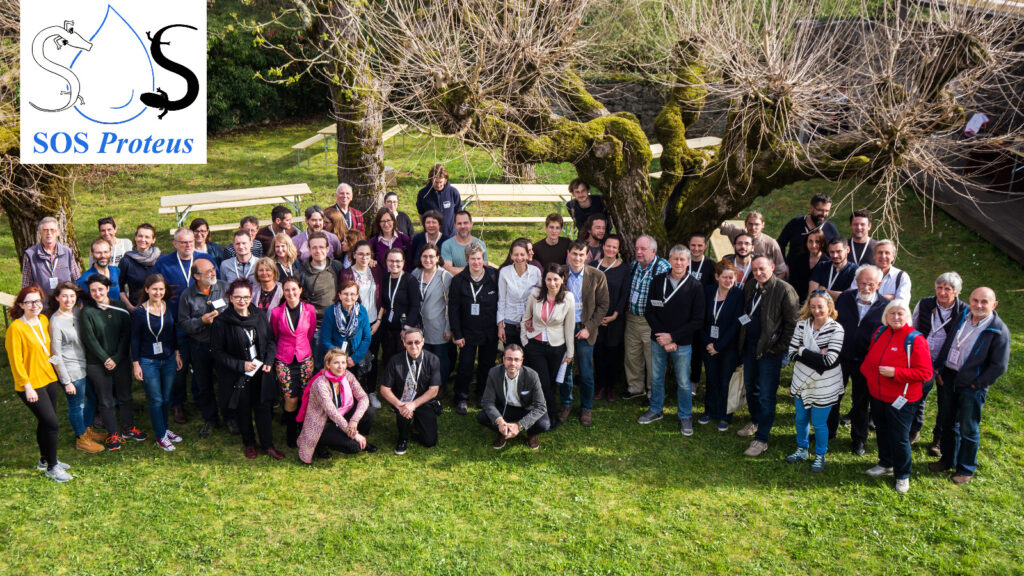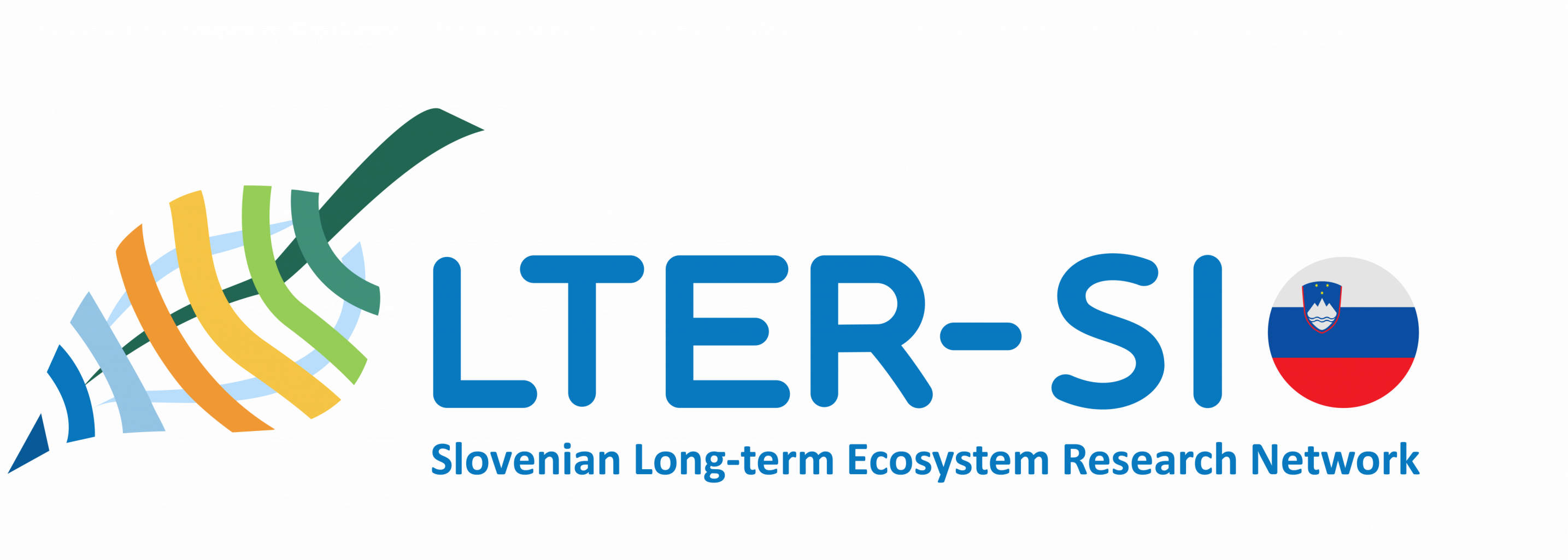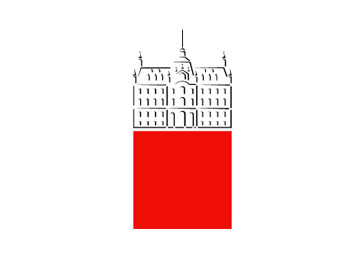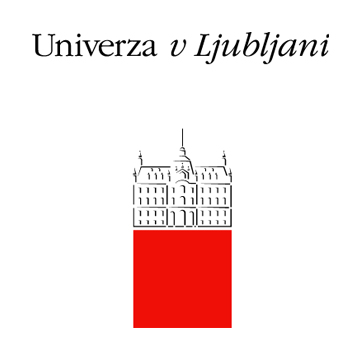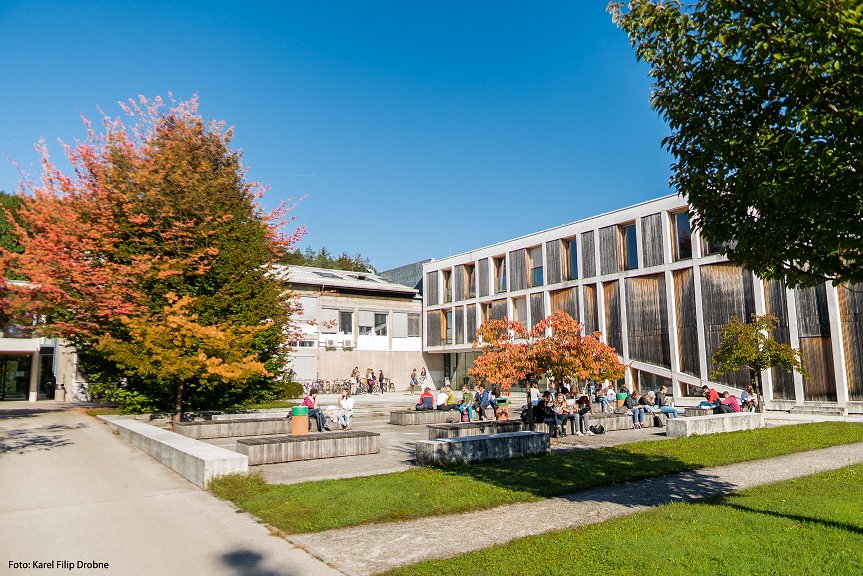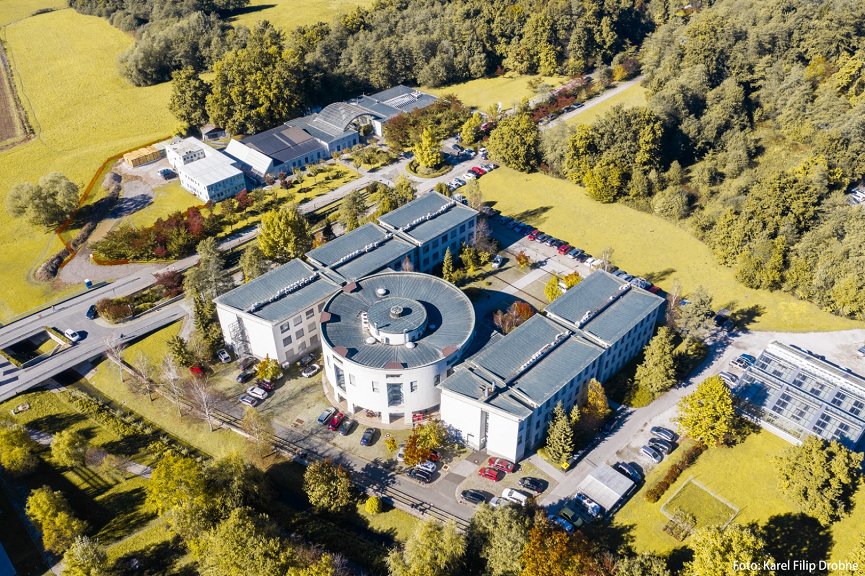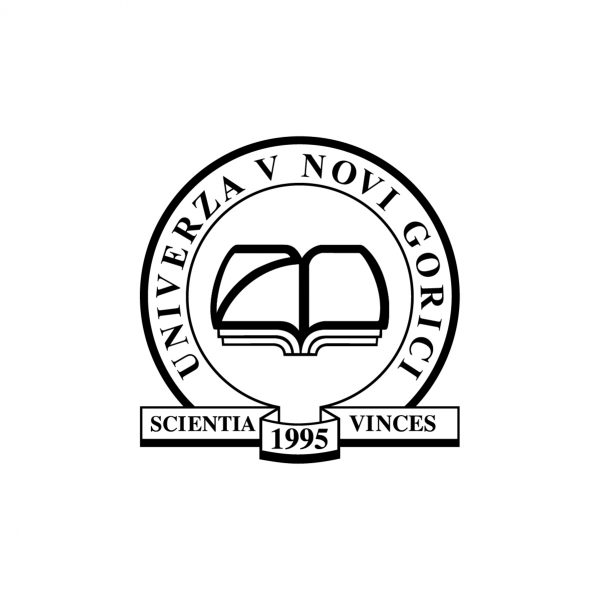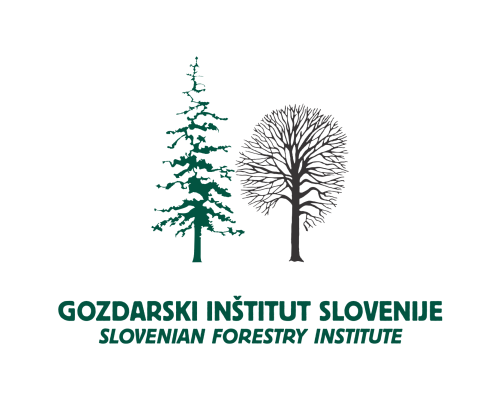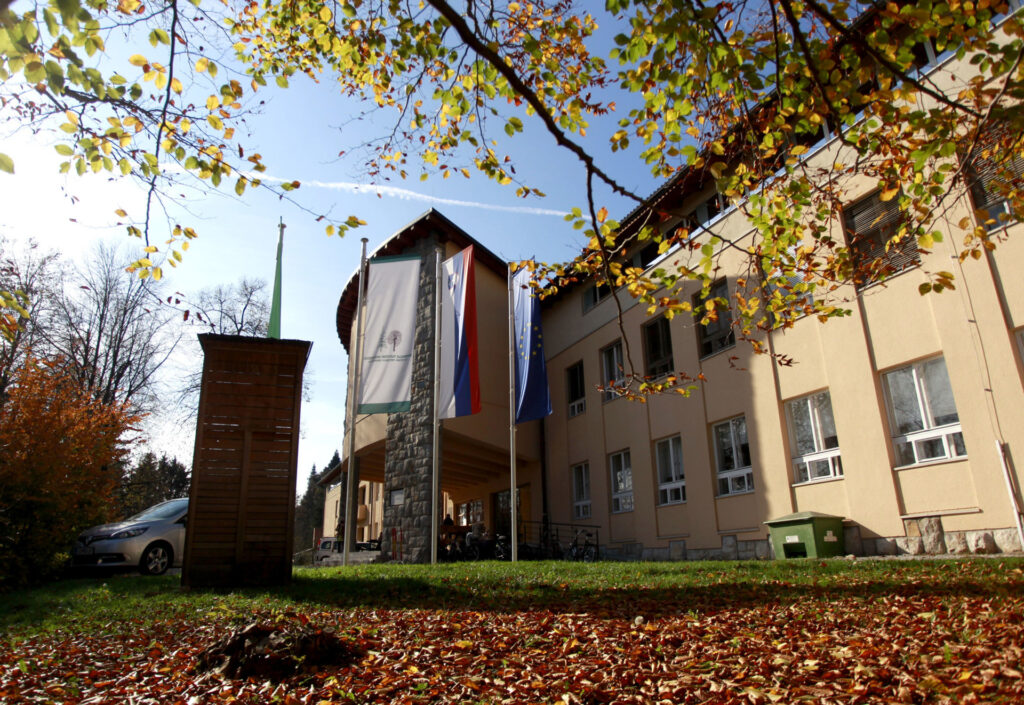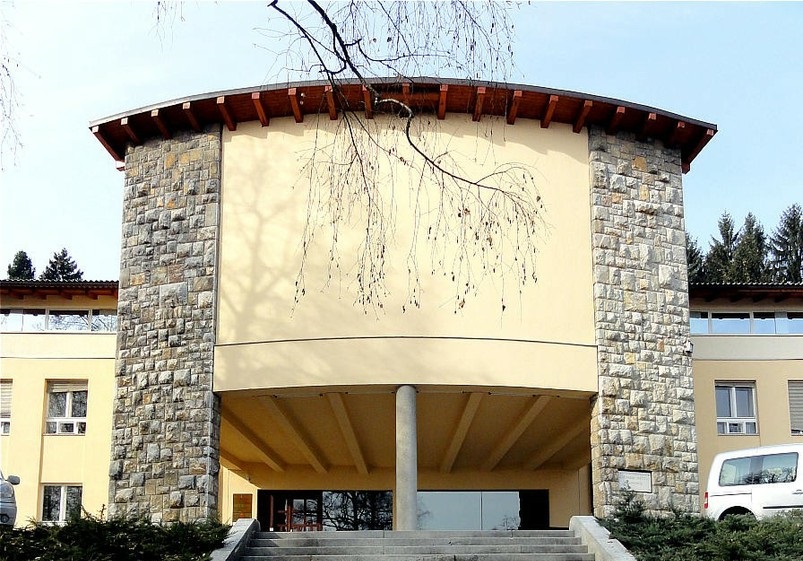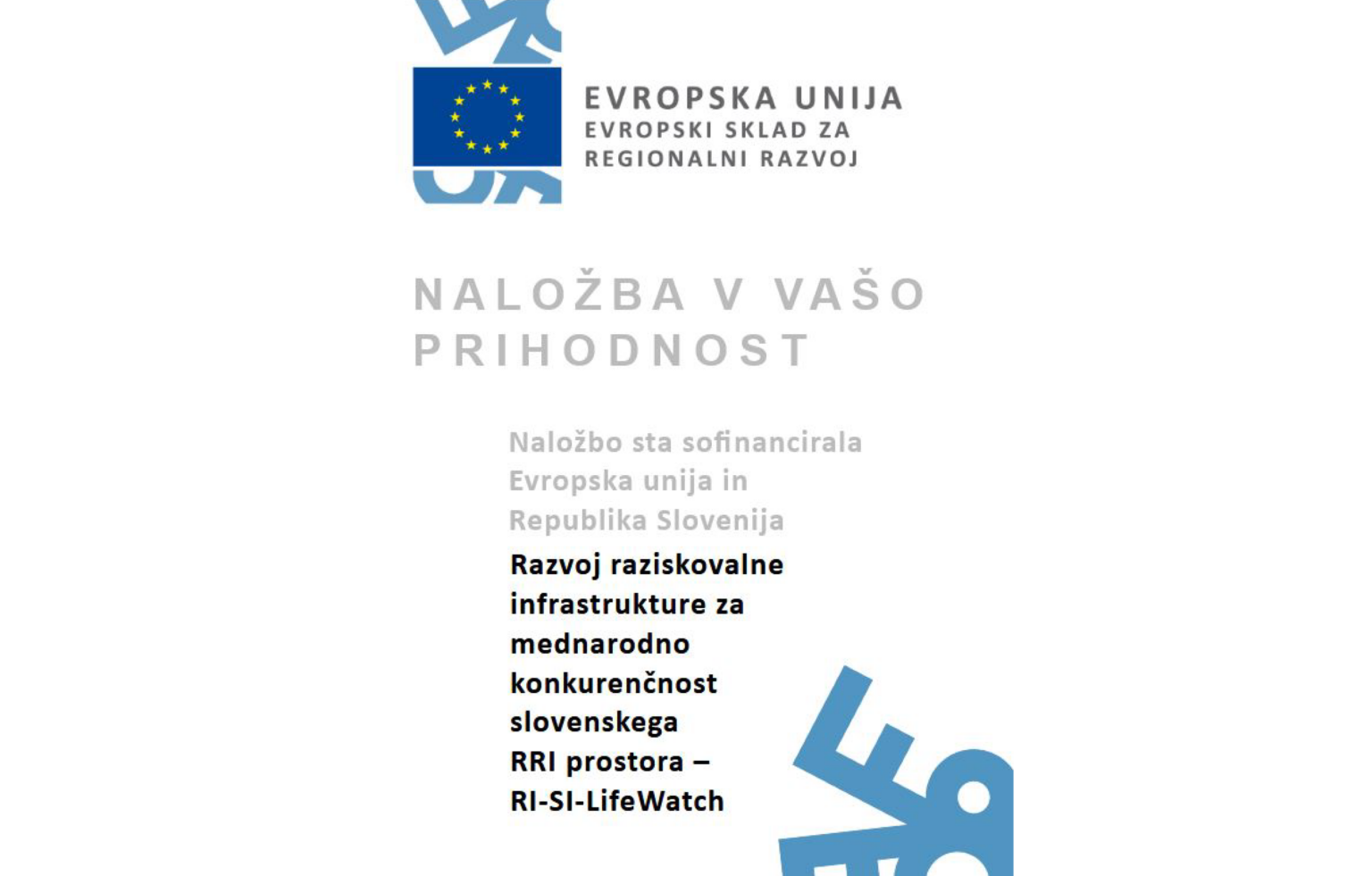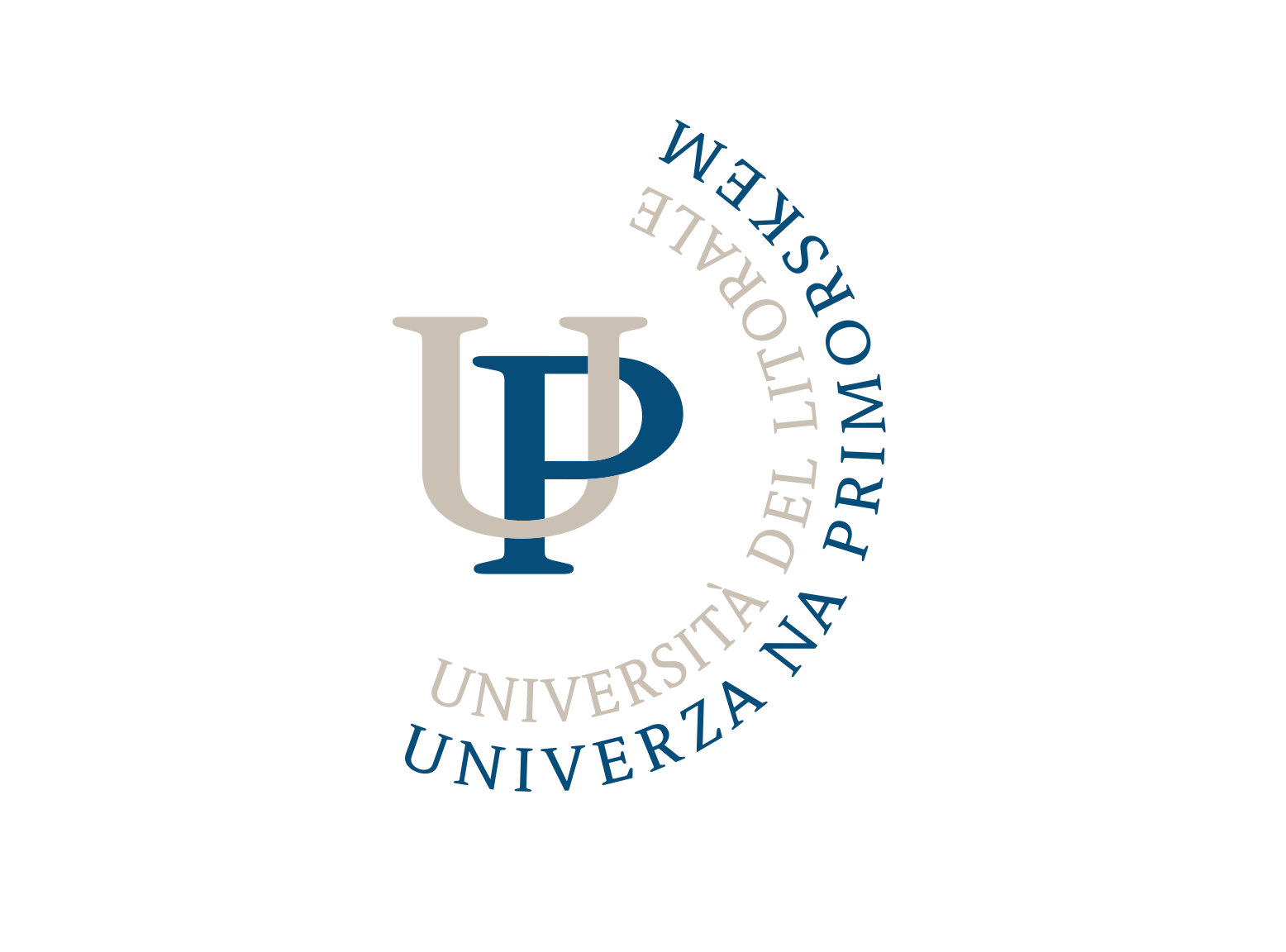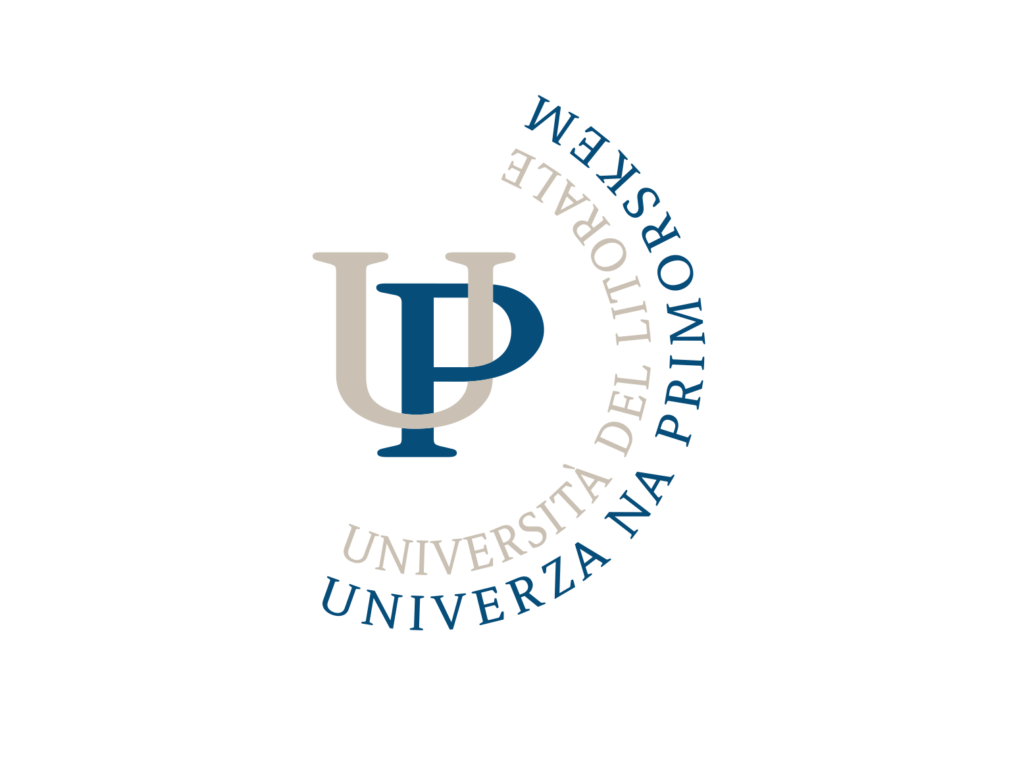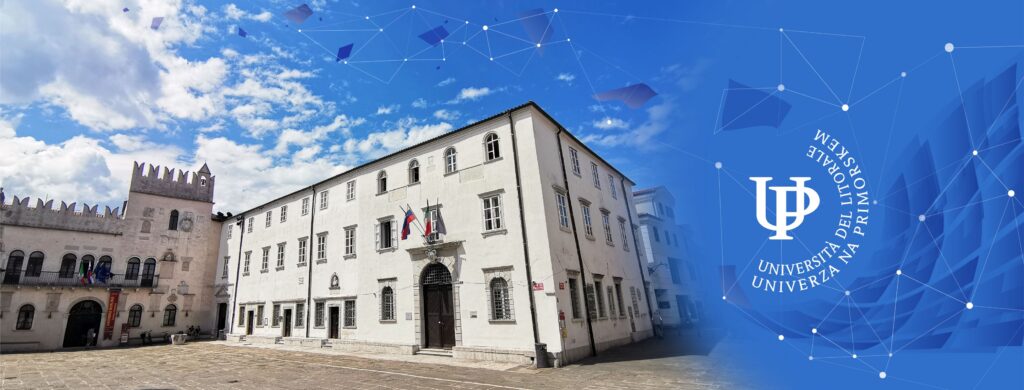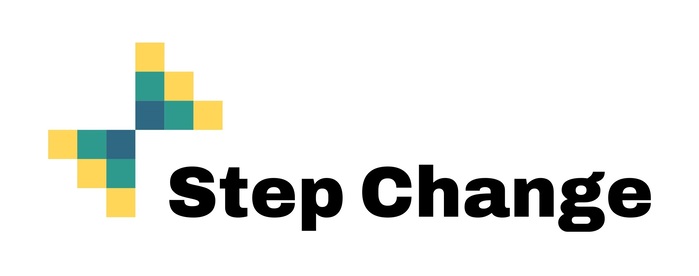Karst Research Institute ZRC SAZU
Contacts
National representative
Tanja Pipan, PhD
Website:
https://lifewatch.si
Twitter: LifeWatch_SI
Address: Titov trg 2, 6230 Postojna
E-mail: info.lifewatch@zrc-sazu.si
Karst Research Institute ZRC SAZU joined LifeWatch Slovenia in 2015 and it is the leading partner of the LifeWatch Slovenia consortium.
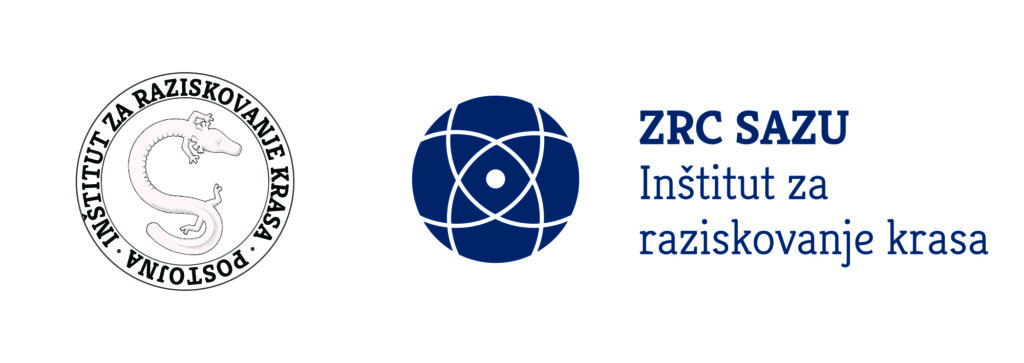
Research
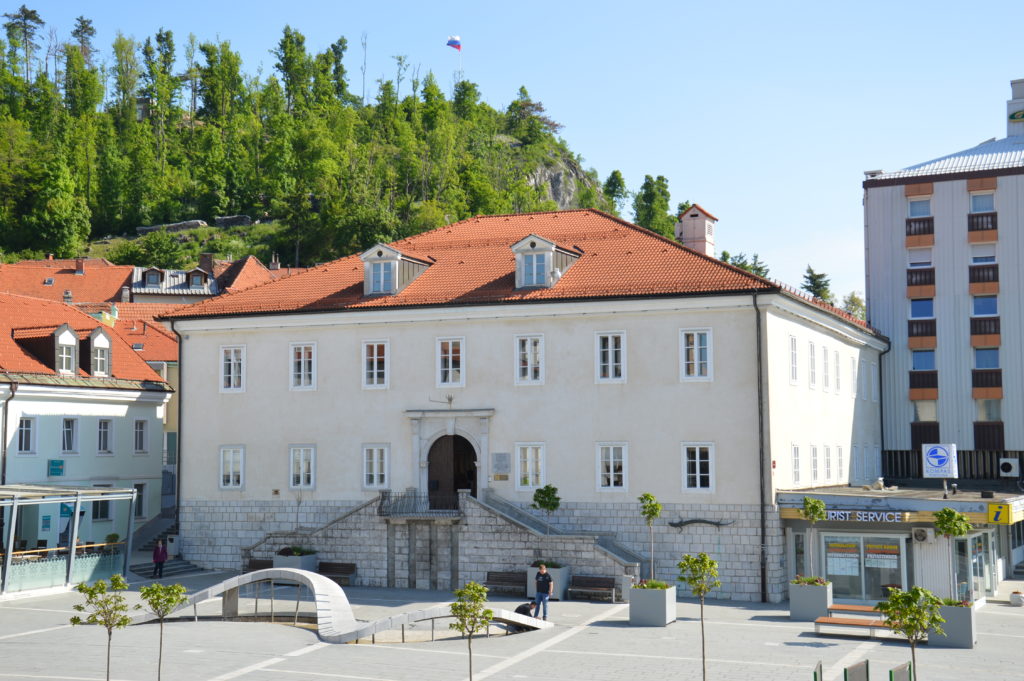
The unique location in the centre of the Classical Karst and a long tradition of excellent research have made IZRK ZRC SAZU one of the top karstological centres in the world. Here, research focuses on karst and its conservation, studying its hydrology, geology, biology, geomorphology, ecology, microbiology, and speleology, as well as the history of karst science. The Institute’s researchers also come from a variety of backgrounds, thus enabling a multidisciplinary approach. Research includes numerous field studies, laboratory investigations, and numerical modelling.
Like many other well-known research institutions across Europe, the Karst Research Institute ZRC SAZU faces the same data management issues, although it still aspires to be a top research institution. The multidisciplinary profile of the institute has apparently led to data management problems in the past, with each researcher contributing his or her own contribution of data without standardization with other fields. As the national headquarters for three environmental RISs (LifeWatch, EPOS, and eLTER), the Institute started to better define its role to adopt a multidisciplinary data management plan and contribute as a trusted partner with FAIR data and services.
Projects

RI-SI-LifeWatch
The goal of the RI-SI-LifeWatch project was for the national node to build a network for monitoring and collecting data on biodiversity and the environment, obtained and processed through the acquisition of high-performance research equipment. With the help of the new and powerful laboratory and field research equipment and a new data centre with high storage capacity purchased from the RI-SI-Lifewatch project, the Slovenian consortium is now collecting a large amount of research data in digital form, which will be included in the national karst database, harmonised with FAIR principles and designed to provide a temporal and spatial link between specific sites. See information about our RI-SI-LifeWatch equipment on our metadata portal.
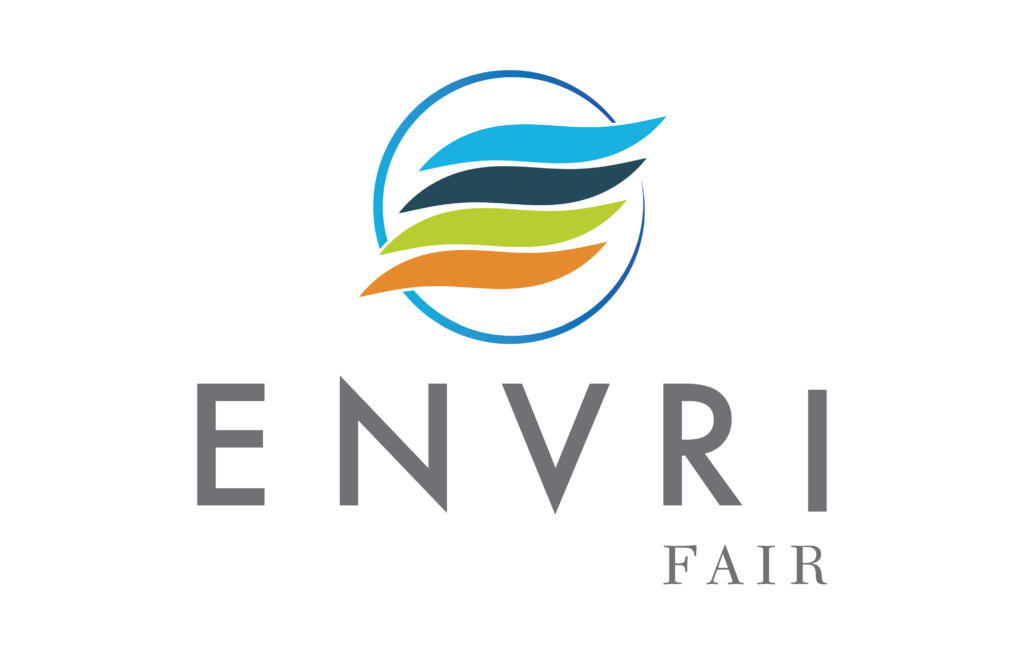
ENVRI-FAIR
ENVRI-FAIR is the connection of the ESFRI Cluster of Environmental RIs (ENVRI) to the European Open Science Cloud (EOSC). The goal is that all participating RIs build FAIR data services to enhance researchers’ efficiency & productivity, support innovation, enable data/knowledge based decisions & connect ENVRI Cluster to EOSC. Karst Research Institute ZRC SAZU collaborate in WP9 (the marine domain) and WP11 (implementation in Biodiversity/Ecosystems subdomain).
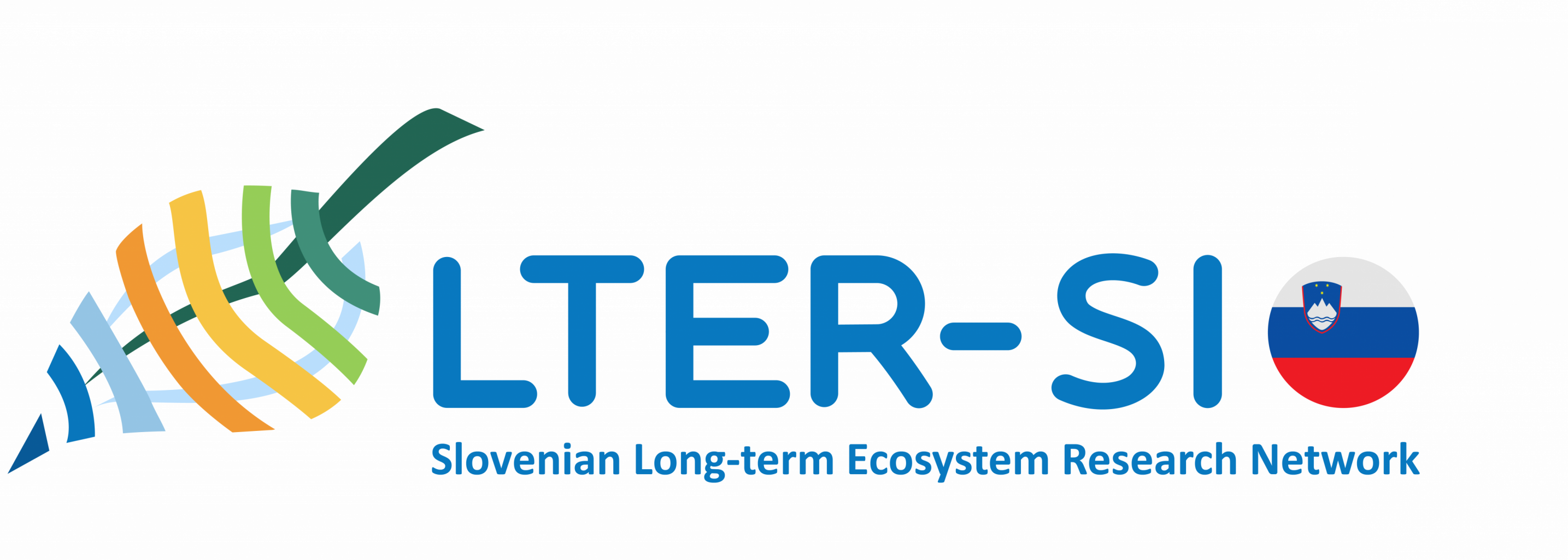
eLTER RI
In order to pool resources in Slovenia in the field of socio-ecological research, and to promote international networking, we have inaugurated the LTER-Slovenia project. This is a consortium of several institutions with support from the Ministry of Education, Science and Sport and the Environmental Agency of the Republic of Slovenia. Our mission in brief is to be the main coordinating body for networked socio-ecological research in Slovenia, which entails both running our own research program and coordinating our research with partners abroad. This is the goal of the eLTER Research Infrastructure (еLTER RI). eLTER is now in the preparatory phase on the way to becoming a fully-fledged Research Infrastructure. The Preparatory Phase Project, funded by the European Commission (2020-2025) will support this process.
vLabs
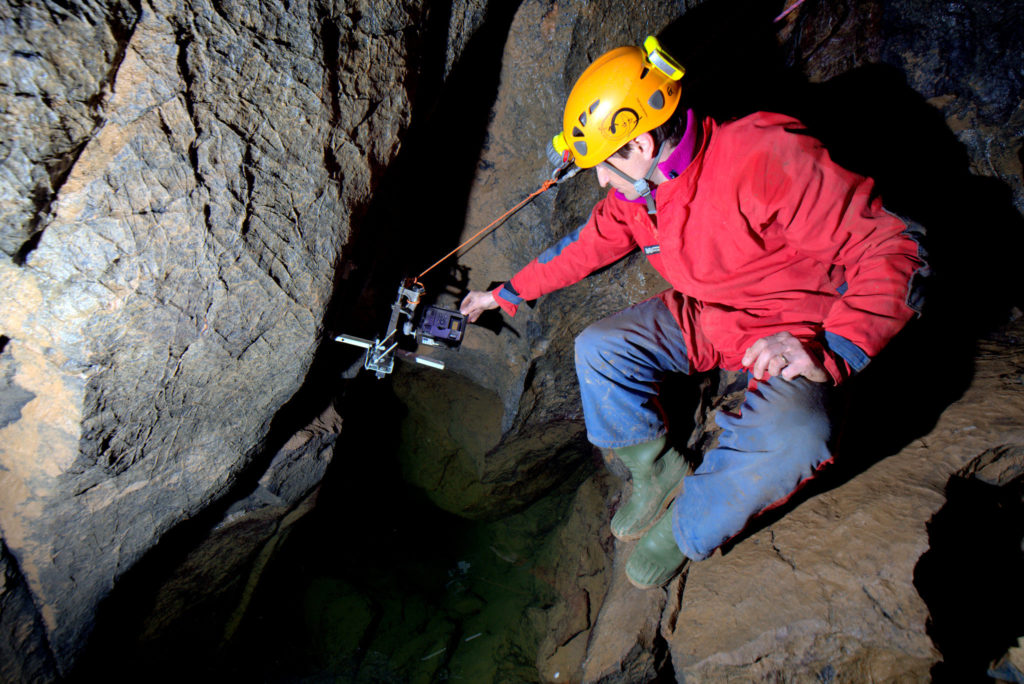
ProteusWatch
ProteusWatch vLab is planned to be developed as an e-services access to infrared videos and images captured in the karst underground habitat of Proteus anguinus, the largest European cave amphibian, endemic to Slovenia and the entire Dinaric Karst range. The IR video and images will be a precious resource to be processed via machine learning analysis tools in order to understand the ecology of this secretive endangered cave vertebrate. The vLab will be set by Tular Cave Laboratory in collaboration with Karst Research Institute ZRC SAZU in the famous Planina Cave, the world hotspot for the largest population of proteus and the highest number of subterranean biodiversity.
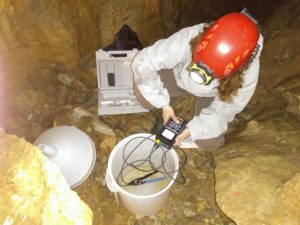
Karst Groundwater Habitats
Karst groundwater habitats vLab is planned as an e-services that gives access to sensor data collected in the framework of the Slovenian LifeWatch project in order and to explore and analyze these data. A user-friendly interface is planned to be built to interactively assess the karst groundwater quality and the possible pollution events that affect the cave and karst spring habitats. The vLab will be set by Karst Research Institute ZRC SAZU in collaboration with Tular Cave Laboratory.
Services
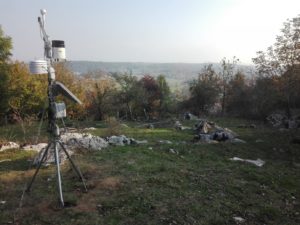
Meteo station Jelševnik
The Karst Research Institute ZRC SAZU installed a meteorological station with soil sensors near Jelševnik (Bela krajina) in SE -Slovenia, very close to the habitat of black proteus (Proteus anguinus parkelj). The meteo-station includes a central computing and storage unit, sensors (solar radiation, air pressure, air temperature, air humidity, precipitation, snow cover height, soil temperature and humidity), a module for wireless data transmission and a power supply unit (solar panel). The device was acquired on April 16, 2021 under the RI-SI -LifeWatch project. It is used to monitor all important meteorological parameters for the purposes of ecological and karst habitat research.
Publications
2024
ALJANČIČ, Magdalena , KAFOL, Žan, PIPAN, Tanja. Challenges to implement Darwin core meta data standard within GeoNetwork portals. V: LifeWatch ERIC 2024 thematic service workshop series : Biodiversity observatory automation: Ljubljana, 11. 4. 2024. LifeWatch ERIC 2024 thematic service workshop series, Biodiversity observatory automation, Ljubljana, 11.04.2024. Ljubljana: National Institute of Biology, Marine Biology Station Piran, 2024. Str. 9. https://dirros.openscience.si/Dokument.php?id=29317&lang=slv
Johnston, V. E., Šarc, F., Wątor, K., & Otoničar, B. Hydrogeochemical data from carbonate springs as an aid for delimiting catchment areas in the Rovte region, Central Slovenia. Journal of Hydrology: Regional Studies, 56, 102087. https://doi.org/10.1016/j.ejrh.2024.102087
KNEZ, Martin, SLABE, Tadej. Discoveries during expressways construction (Classical Karst, Slovenia). V: 6th Euro-Mediterranean Conference for Environmental Integration : 15-18 May 2024, Marrakesh, Marocco. [S. l.: s. n.]. https://2024.program.emcei.net/.
KNEZ, Martin, SLABE, Tadej. Karren of Gréolières. V: KOGOVŠEK, Blaž (ur.), et al. Data acquisition and analysis in Karst systems: 31st International Karstological School “Classical Karst: abstracts & guide book: Postojna 2024. 1st ed. [Ljubljana]: Založba ZRC, 2024. Str. 80-81. ISBN 978-961-05-0871-7.
KNEZ, Martin, SLABE, Tadej. Karren of South Provence. V: Man and Karst 2024 in Sicily : International Scientific Conference, June 24th-29th Ragusa, Italy. Ragusa: CIRS, 2024. Str. 49.
KNEZ, Martin, SLABE, Tadej. Karren on Miocene carbonate sandstones in Tourrettes-sur-Loup (France) – The European Conference on Karst Hydrogeology and Carbonate Reservoirs”, 10. do 14. June 2024, Rome (Italy).
KNEZ, Martin, SLABE, Tadej, AUDRA, Philippe. Karren of Provence (France), Gréolières, Caussols, Tourrettes-sur-Loup and Luberon. Acta carsologica. In press.
PIPAN, Tanja, ALJANČIČ, Magdalena. 20 years of LTER Slovenia: from challenging beginnings to successful national long-term research infrastructure. In: KOGOVŠEK, Blaž (ed.), et al. Data acquisition and analysis in Karst systems: 31st International Karstological School “Classical Karst”: abstracts & guide book: Postojna 2024. 1st ed. [Ljubljana]: Založba ZRC, 2024. Str. 102. ISBN 978-961-05-0871-7.
BLATNIK, Matej, GABROVŠEK, Franci, RAVBAR, Nataša, FRANTAR, Peter, GILL, Laurence. Assessment of climatic and anthropogenic effects on flood dynamics in the Cerkniško Polje (SW Slovenia) based on a 70-year observation dataset. Journal of hydrology. Regional studies. vol. 51, article no. 101609, pp. 1-16. ISSN 2214-5818. https://www.sciencedirect.com/science/article/pii/S2214581823002963, DOI: 10.1016/j.ejrh.2023.101609
RAMŠAK, Andreja, FIŠER, Cene, ALJANČIČ, Magdalena, PIPAN, Tanja, PIPENBAHER, Nataša, VILHAR , Urša. 2024. Towards automated biodiversity monitoring -a set-up of Biodiversity Observatory Automation (Thematic Topic under LifeWatch-ERIC). V: British Ecological Society Annual Meeting 2024 : book of abstracts. British Ecological Society Annual Meeting 2024, 10. – 13. 12. 2024, ACC Liverpool. [London: British Ecological Society, 2024]. Str. 498. https://www.britishecologicalsociety.org/events/bes-annual-meeting-2024/book-of-abstracts/ [COBISS.SI-ID 219336195].
2023
CULVER, David C., PIPAN, Tanja. Contrasting approaches to the study of subterranean life: biospeleology and speleobiology. Acta carsologica. [vol.] 52, [no.] 2/3, pp. 277-283. ISSN 0583-6050. https://ojs.zrc-sazu.si/carsologica/article/view/13516/11898, DOI: 10.3986/ac.v52i2-3.13516.
KNEZ, Martin, SLABE, Tadej, TORAB, Magdy, FAYAD, Noura Hamdy. Karst rock relief of Qara and White desert (Western desert of Egypt). Acta carsologica. 2023, [vol.] 52, [no.] 2/3, pp. 197-217, ISSN 0583-6050. https://ojs.zrc-sazu.si/carsologica/article/view/12796/11894, DOI: 10.3986/ac.v52i2-3.12796.
ALJANČIČ, Magdalena, KAFOL, Žan, PIPAN, Tanja, ŠEBELA, Stanka, ČELIGOJ BIŠČAK, Jasmina, RAVBAR, Nataša. IZRK metadata portal: cataloguing the multidisciplinarity of karst (meta)data. In: 15th European DDI Users Conference, Ljubljana: 27 – 29. 11. 2023: book of proposals. 2023. Pp. 5-6. https://events.geant.org/event/1457/book-of-abstracts.pdf.
SIEGEL, Lena, GOLDSCHEIDER, Nico, PETITTA, Marco, XANKE, Julian, ANDREO NAVARRO, Bartolomé, BAKALOWICZ, Michel, BARBERÁ, Juan Antonio, BOUHLILA, Rachida, BURG, Avihu, DOUMMAR, Joanna, PIPAN, Tanja, RAVBAR, Nataša, et al. Distribution, threats and protection of selected karst groundwater: dependent ecosystems in the Mediterranean region. Hydrogeology journal. 2023, [19]. ISSN 1431-2174. https://link.springer.com/article/10.1007/s10040-023-02711-9, DOI: 10.1007/s10040-023-02711-9.
CULVER, David C., KOWALKO, Johanna E., PIPAN, Tanja. Natural selection versus neutral mutation in the evolution of subterranean life: a false dichotomy. Frontiers in ecology and evolution. 2023, vol. 11, [article no.] 1080503, str. 1-10. ISSN 2296-701X. https://www.frontiersin.org/articles/10.3389/fevo.2023.1080503/full, DOI: 10.3389/fevo.2023.1080503.
MULEC, Janez, SKOK, Sara, TOMAZIN, Rok, LETIĆ, Jasmina, PLIBERŠEK, Tadej, STOPINŠEK, Sanja, SIMČIČ, Saša. Long-term monitoring of bioaerosols in an environment without UV and desiccation stress, an example from the cave Postojnska Jama, Slovenia. Microorganisms. 2023, vol. 11, issue 3, [article no.] 809, 12. ISSN 2076-2607. https://www.mdpi.com/2076-2607/11/3/809, DOI: 10.3390/microorganisms11030809.
Mayaud, C., Kogovšek, B., Gabrovšek, F., Blatnik, M., Petrič, M., & Ravbar, N. (2023). Deciphering the water balance of poljes: example of Planinsko Polje (Slovenia). Acta Carsologica, 51(2). https://doi.org/10.3986/ac.v51i2.11029
ALJANČIČ, Magdalena, KAFOL, Žan, PIPAN, Tanja, ŠEBELA, Stanka, ČELIGOJ BIŠČAK, Jasmina, RAVBAR, Nataša. Multidisciplinary metadata portal at the Karst Research Institute ZRC SAZU. In: ŠVARA, Astrid (ed.), ZUPAN HAJNA, Nadja (ed.), GABROVŠEK, Franci (ed.). Karst – approaches and conceptual models 30th International Karstological School “Classical Karst” 30th anniversary = 30. obletnica: abstracts & guide book: Postojna 2023. 1st ed. [Ljubljana]: Založba ZRC, 2023. Str. 136. ISBN 978-961-05-0747-5.
ALJANČIČ, Gregor, MACHIDON, Octavian-Mihai, ALJANČIČ, Magdalena, MACHIDON, Alina Luminita, PIPAN, Tanja. Challenges and preliminary results in building virtual laboratories to monitor Proteus anguinus and its karst groundwater habitat. In: The LifeWatch ERIC Biodiversity & Ecosystem eScience Conference: threats and challenges to biodiversity and ecosystem conservation from an eScience perspective : Seville, 22-24 May 2023 : abstract book. [S. l.]: LifeWatch ERIC, 2023. Str. 27. https://www.lifewatch.eu/bees-2023/abstract-book-presentations/#flipbook-df_32474/
KOZEL, Peter, NOVAK, Tone, JANŽEKOVIČ, Franc, LIPOVŠEK DELAKORDA, Saška. Starvation hardiness as preadaptation for life in subterranean habitats. Scientific reports. 2023, vol. 13, article no. 9643, 18 str., ilustr. ISSN 2045-2322. https://doi.org/10.1038/s41598-023-36556-9
KOS, Anja, DELIĆ, Teo, KOS, Ivan, KOZEL, Peter, POLAK, Slavko, ZAGMAJSTER, Maja. The overview of lithobiomorph centipedes (Chilopoda, Lithobiomorpha) from caves of Slovenia. Subterranean biology. 2023, iss. 45, str. 165-185, ilustr. ISSN 1768-1448. https://zenodo.org/record/7947639, DOI: 10.3897/subtbiol.45.101430.
KNEZ, Martin, SLABE, Tadej, BLATNIK, Matej, ČELIGOJ BIŠČAK, Jasmina, GABROVŠEK, Franci, KOGOVŠEK, Blaž, KOZEL, Peter, MAYAUD, Cyril, MULEC, Janez, ALJANČIČ, Magdalena, OTONIČAR, Bojan, PETRIČ, Metka, PIPAN, Tanja, PRELOVŠEK, Mitja, RAVBAR, Nataša, ŠEBELA, Stanka, ZUPAN HAJNA, Nadja. Development challenges on classical karst. In: LAND, Lewis (ed.). Proceedings of the 17th Multidisciplinary Conference on Sinkholes and the Engineering and Environmental Impacts of Karst: National Cave and Karst Research Institute Symposium 9. Carlsbad: National Cave nad Karst Research Institute, 2023. ISBN 978-0-9910009-8-2. https://digitalcommons.usf.edu/cgi/viewcontent.cgi?article=1044&context=sinkhole_2022.
VALENTIČ, Lara. Microplastics in karst ecosystems and its impact on drinking water quality : dissertation. 2023. https://repozitorij.ung.si/IzpisGradiva.php?id=8340
2022
ALJANČIČ, Magdalena (editor), KAFOL, Žan (editor), PIPAN, Tanja (editor), ŠEBELA, Stanka (editor), ČELIGOJ BIŠČAK, Jasmina (editor), RAVBAR, Nataša (editor). IZRK metadata portal. (2021 – onward) Postojna: Karst Research Institute ZRC SAZU. https://metadata.izrk.zrc-sazu.si/
VILHAR, Urša, KERMAVNAR, Janez, KOZAMERNIK, Erika, PETRIČ, Metka, RAVBAR, Nataša. The effects of large-scale forest disturbances on hydrology: an overview with special emphasis on karst aquifer systems. Earth-science reviews. [Print ed.]. 2022, vol. 235:21. ISSN 0012-8252.
https://www.sciencedirect.com/science/article/pii/S0012825222003270
https://doi.org/10.1016/j.earscirev.2022.104243.
VALENTIĆ, Lara, KOZEL, Peter, PIPAN, Tanja. Microplastic pollution in vulnerable karst environments: case study from the Slovenian classical karst. 2022, vol. 51, no. 1, str. 79-92, ISSN 0583-6050. https://ojs.zrc-sazu.si/carsologica/article/view/10597/10383, DOI: 10.3986/ac.v51i1.10597.
RAVBAR Nataša, PIPAN Tanja. 2022. Ecohydrological characterization of the karst groundwater dependent ecosystems of the Dinaric karst in Slovenia, EGU General Assembly 2022, Vienna, Austria, 23–27 May 2022, EGU22-3675, https://doi.org/10.5194/egusphere-egu22-3675.
Ravbar N, Pipan T. 2022. Karst Groundwater Dependent Ecosystems—Typology, Vulnerability and Protection. Reference Module in Earth Systems and Environmental Sciences, Elsevier. ISBN 9780124095489. https://doi.org/10.1016/B978-0-12-819166-8.00182-1.
Marić S, Stanković D, Sušnik Bajec S, Vukić J, Šanda R, Stefanov T, Nikolić D, Snoj A. 2022. Perils of brown trout (Salmo spp.) mitigation-driven translocations: a case study from the Vlasina Plateau, Southeast Serbia., Biol Invasions. https://doi.org/10.1007/s10530-021-02688-0
KENNY, Julian (interviewer), PIPAN, Tanja (interviewee), RAVBAR, Nataša (interviewee), ALJANČIČ, Gregor (interviewee). The underground Karst caves of Postojna. [S. l.]: LifeWatch ERIC, 2022. 1 spletni vir (1 zvočna datoteka (19 min, 44 sek)). A window on science. https://www.buzzsprout.com/1921443/11870793-s3-e10-the-underground-karst-caves-of-postojna.
2021
Novak T, Slana Novak L, Kozel P, Schaider MG, Komposch C, Lipovšek S, Podlesnik J, Paušič I & Raspotnig G. 2021. Hidden diversity within the Nemastoma bidentatum Roewer, 1914 complex (Opiliones: Nemastomatidae) Part I: Morphological evidence. European Journal of Taxonomy, 777(1), 1-67. https://doi.org/10.5852/ejt.2021.777.1561.
Klokočovnik V, Devetak D. 2021. Efficiency of antlion trap design and larval behavior in capture success, Behavioral Ecology, arab124, https://doi.org/10.1093/beheco/arab124.
Mulec J, Oarga-Mulec A, Skok S, Šebela S, Cerkvenik R, Zorman T, Holko L, Eleršek T, Pašić L. 2021. Emerging ecotone and microbial community of a sulfidic spring in the Reka River near Škocjanske jame, Slovenia. Diversity, 13, 655. https://doi.org/10.3390/d13120655.
Kukuljan L, Gabrovšek F, Johnston VE. 2021. Low-calcium cave dripwaters in a high CO2 environment: Formation and development of corrosion cups in Postojna Cave, Slovenia. Water , 13, 3184. https://doi.org/10.3390/w13223184.
Premate E, Borko Š, Kralj-Fišer S, Jennions M, FIŠER Ž, Balázs G, Bíró A, Bračko G, Copilaş-Ciocianu D, Hrga N, Herczeg, G, Rexhepi B, Zagmajster M, Zakšek V, Fromhage L, Fišer C. 2021. No room for males in caves: female-biased sex ratio in subterranean amphipods of the genus Niphargus. Journal of Evolutionary Biology, 00, 1– 9. https://doi.org/10.1111/jeb.13917.
Čeligoj Biščak J., Pipan, T., Šebela S., Krebelj M., Aljančič M. 2021. Development of research infrastructure (RI) for
the international competitiveness of the development of Slovenian RI space – RI-SI-EPOS and RI-SI-LifeWatch. In: Blatnik, M. (ed.), et al. Regional karstology – local and general aspects: [within international year of karst and caves]; 28th International Karstological School Classical Karst: abstracts & guide book. 1st ed. Ljubljana: Založba ZRC. 2021, pg. 82. PDF.
Ivajnšič D, Horvat, N, Žiberna I, Konečnik Kotnik, E, Davidović D. 2021. Revealing the spatial pattern of weather-related road traffic crashes in Slovenia. Applied sciences. vol. 11, iss. 14, str. 1-12, ilustr. ISSN 2076-3417. https://www.mdpi.com/2076-3417/11/14/6506, DOI: 10.3390/app11146506. [COBISS.SI-ID 705016352].
Ivajnšič D, Pintarič, D, Grujić J -V, Žiberna I. 2021. A spatial decision support system for traffic accident prevention in different weather conditions. Acta geographica Slovenica. 61, št. 1, str. 75-92, ilustr. ISSN 1581-6613. https://ojs.zrc-sazu.si/ags/article/view/9415/9535, DOI: 10.3986/AGS.9415. [COBISS.SI-ID 72532739].
Galli L., Janžekovič F., Kozel P., Novak T. 2021. Protura (Arthropoda: Hexapoda) in Slovenian caves. International journal of speleology., vol. 50, iss. 1, str. 65-74, ilustr. ISSN 0392-6672. https://scholarcommons.usf.edu/ijs/vol50/iss1/6/, DOI: 10.5038/1827-806X.50.1.2380. [COBISS.SI-ID 55592451].
Ravbar N, Petrič M, Blatnik M, Švara A. A multi-methodological approach to create improved indicators for the adequate karst water source protection. 2021. Ecological indicators : integrating monitoring, assessment and management. Vol. 126, 14 str., ilustr. ISSN 1470-160X. https://www.sciencedirect.com/science/article/pii/S1470160X21003587, DOI: 10.1016/j.ecolind.2021.107693. [COBISS.SI-ID 61336323].
Prelovšek M, Gabrovšek F, Kozel P, Mulec J, Pipan T, Šebela S. The Škocjan Caves – UNESCO World Heritage Site. 2021. in: Trofimova E. (ed.), Salomon J-N. (ed.). Preserving world subterranean heritage: natural, cultural and mixed subterranean heritage, (Zeitschrift für Geomorphologie, ISSN 0372-8854, ISSN 0044-2798, Supplementband, N. F., suppl. issue 3). [Stuttgart]: Borntraeger Science Publishers. vol. 62, pp. 49-64, ilustr., doi: 10.1127/zfg_suppl/2021/0690. [COBISS.SI-ID 56516099]
Kozel P, Delakorda M, Komposch C, Slana Novak L, Novak T, Lipovšek Delakorda S. 2021. Notes on coexistence of closely related Leiobunum rupestre and L. subalpinum (Opiliones, Eupnoi, Sclerosomatidae). V: JÄGER, Peter (ed.). A festschrift honouring prof. dr. Jochen Martens on occasion of his 80th birthday: monograph. Auckland: Magnolia Press. Pg.. 34-42, ilustr. Zootaxa, vol. 4984, 1. ISBN 978-1-77688-281-6. ISSN 1175-5334. https://www.mapress.com/zt/article/view/zootaxa.4984.1.5, DOI: 10.11646/ZOOTAXA.4984.1.5. [COBISS.SI-ID 67570691].
2020
Obst M, Exter K, Allcock A. L, Arvanitidis C, Axberg A, Bustamante M, Fortič A, Mavrič B, Ramšak A, et al. 2020. A marine biodiversity observation network for genetic monitoring of hard-bottom communities (ARMS-MBON). Frontiers in marine science, vol. 7, pg. 1-9, ilustr. ISSN 2296-7745. https://www.frontiersin.org/articles/10.3389/fmars.2020.572680/full, DOI: 10.3389/fmars.2020.572680. [COBISS.SI-ID 40033027].
Kozel P, Delić T, Novak T. 2020. Nemaspela borkoae sp. nov. (Opiliones: Nemastomatidae), the second species of the genus from the Dinaric Karst. European Journal of Taxonomy. Vol. 717, str. 90-107, ilustr. ISSN 2118-9773. DOI: 10.5852/ejt.2020.717.1103. [COBISS.SI-ID 30119427].
Mammola S, Amorim I-R, Bichuette M-E, Borges P A V. Cheeptham N, Cooper S. J. B, Culver D-C, Deharveng, L, Eme D, Lopes Ferreira R, Fišer C, Fišer Ž, Jugovic J, Pipan T, Zagmajster M, et al. 2020. Fundamental research questions in subterranean biology. Biological reviews, ISSN 1464-7931, 18 pg., ilustr., doi: 10.1111/brv.12642. [COBISS.SI-ID 26314755].
Pipan T, Christman M, Culver D.C. Abiotic community constraints in extreme environments : epikarst copepods as a model system. Diversity. 2020, vol. 12, iss. 7, 16 str. ISSN 1424-2818. https://www.mdpi.com/1424-2818/12/7/269, DOI: 10.3390/d12070269. [COBISS.SI-ID 22691331].
Kozel P, Pipan, T. 2020. Specialized aquatic subterranean communities are probably most species-rich in the thickest epikarst. Limnologica. vol. 81, pg. 1-9. ISSN 0075-9511. DOI: 10.1016/j.limno.2020.125756. [COBISS.SI-ID 25140744].
Blatnik M, Culver D-C, Gabrovšek F, Knez M, Kogovšek B, Kogovšek J, Liu H, Mayaud C, Mihevc A, Mulec, J, Naparus-Aljančič M, Otoničar B, Petrič M, Pipan T, Prelovšek M, Ravbar N, Shaw, T-R, Slabe T, Šebela S, Zupan Hajna, N. 2020. Karstology in the classical karst, (Advances in karst science). Cham: Springer. XII, 222 pg., ilustr. ISBN 978-3-030-26826-8, doi: 10.1007/978-3-030-26827-5. [COBISS.SI-ID 17912067].
2019
Aljančič M, Pipan T, Šebela S. 2019. Research infrastructures and karst science. In: BLATNIK, Matej (ed.), et al. Karst hydrogeology – research trends and applications : abstracts & guide book. 1st ed. Ljubljana: Založba ZRC. 2019, pg. 118-119. [COBISS.SI-ID 44887341]
